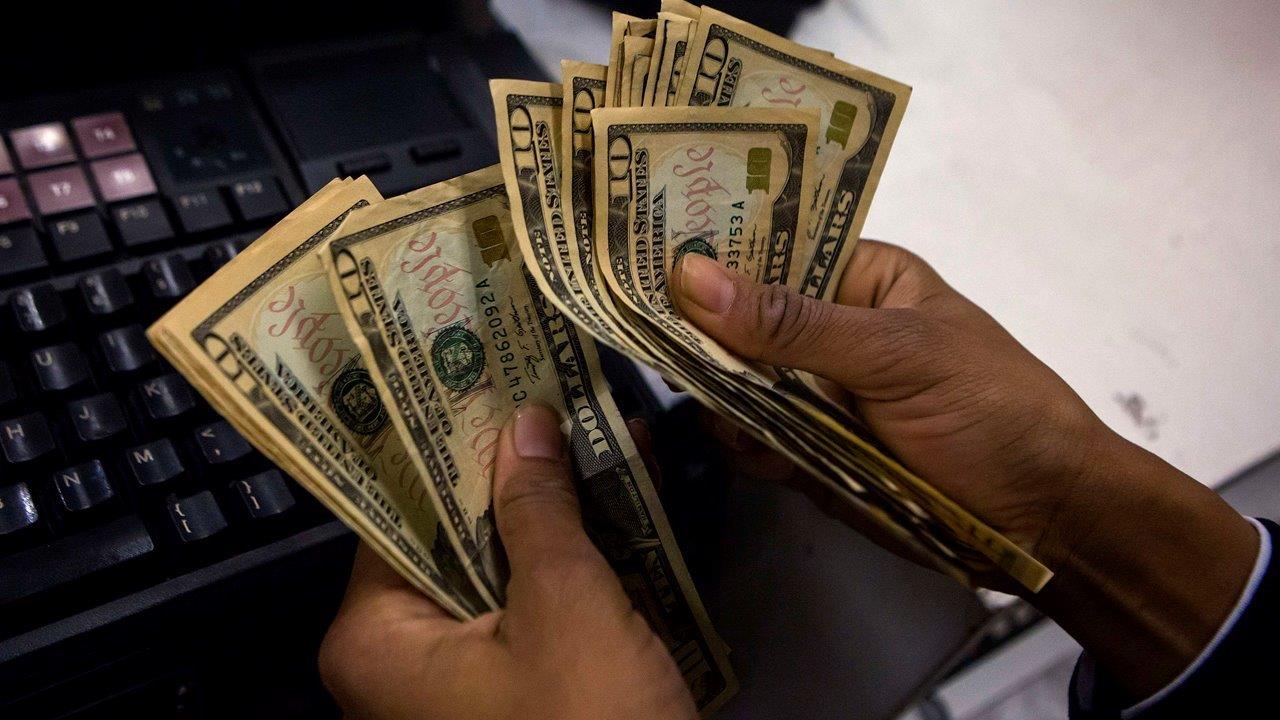Shipped: Shoppers Ditch Physical Stores for Online
For American consumers, it’s all about the box, not the bag.
In the first quarter of 2016, big retail names were crushed by decreasing foot traffic, inventory that didn’t fly off the shelves and the continuation of the trend for shoppers to look online for goods rather than stop by bricks-and-mortar stores.
You don’t have to look far to see evidence of the trend: Macy’s (NYSE:M) which reported earnings on Thursday has seen a more than 50% drop in its share price over the last year, alongside other traditional retailers like Nordstrom (NYSE:JWS) – off 39% year over year, Kohl's (NYSE:KSS) – down 45% from a year ago, and Wal-Mart (NYSE:WMT) – down 15% from 52 weeks ago.
But economic data showed consumers were bucking the downward trend.
According to data released Friday morning by the Commerce Department, retail sales rose 1.3% in April from March, a higher rise than the 0.8% increase Wall Street had expected, and the biggest gain in a year. Excluding the volatile autos segment, sales were still up more than views as they rose 0.8% compared to the 0.5% expectation.
Further, consumer sentiment as measured by the University of Michigan was also trending higher. The gauge rose to 95.8 in May from an April reading of 89.7. That was much higher than the forecast for a rise to 90, and showed increasing strength in sales of furniture and home goods, electronics and restaurants.
Clearly consumers are continuing to recover confidence and are beginning to spend their dollars. But where? Online.
"Traditional retail isn’t dead, the model just has to change a bit."
“I think consumers are spending, but now they’re changing where they’re spending,” Christian Magoon, CEO of Amplify Investments, which recently launched a retail ETF focused exclusively on online companies, said. “We’re seeing a huge thing: Consumers are spending but not at traditional department stores.”
To that point, leaders in the e-commerce space have thrived, like Amazon (NYSE:AMZN) – up 66% from a year ago, Priceline (NYSE:PCLN) – up 7% over the last year, and Grubhub (NYSE:GRUB) – up 38% over the last 52 weeks.
The divergence between traditional and online retail has been steady for many quarters, but Magoon said the problem for bricks and mortar has been in place all along, and it’s now starting to become a bigger issue. Stores like Macy’s and Nordstrom offer so-called omnichannel experiences for their customers, the ability to shop online, try and buy in store, or order online and pickup in store, but it’s not enough.
“You can expand that presence but you still have this weight on your shoulders from the store and the people,” he explained. “One issue the market is dealing with is labor costs…the big way retailers try to compete with online is through increased customer service, but if people costs go up, it puts their best competitive advantage at a higher price point.”
Higher minimum wage efforts could force those traditionally bricks-and-mortar retailers to move more quickly online to avoid higher labor costs. Magoon said it could also push those brands to begin consolidating their retail assets, to allow more focus on better online offerings.
Kevin Kelly, CIO at Recon Capital Partners, added that it’s not just having an online channel for consumers who want to shop out of their pocket rather than in-store, it’s also about having the flexibility to deal with ever-evolving consumer preferences.
“Macy’s has a great management team and it’s a really well-run company…it has great omnichannel presence,” he said. “So, it doesn’t necessarily have to do with [offering online shopping], it has to be a competitive environment. It has to do with people’s tastes, and they’re changing and fleeting. It’s hard for large companies to react.”
The bottom line, Magoon said, is giving consumers what they want, when they want, how they want. It’s a fine balance to strike, but he eventually sees the major retail brands bouncing back in terms of their stock prices, as management suites set the brands up to better compete with their online counterparts.
He pointed to Amazon, which has recently expanded from exclusively online to bricks-and-mortar book stores. Those retail outlets have a small footprint and operate in two ways: They allow customers to flip through the books in person, but also offer a way for local shoppers to place orders online and pick up in store – perhaps a more convenient way to shop for individuals who don’t want a package delivery sitting at their doorstep while they work.
“Traditional retail isn’t dead, the model just has to change a bit,” Magoon said. “We’ll see more store closings, and it’ll be painful, but then we’ll start to see more spending from brands on this online model.”




















